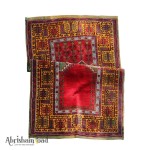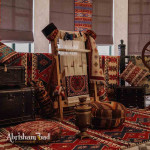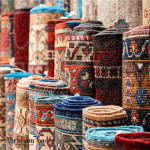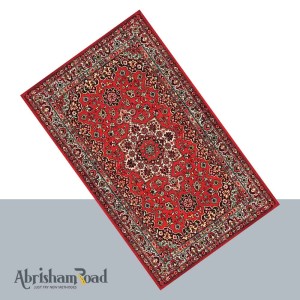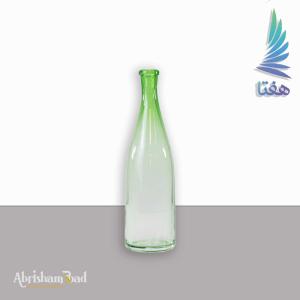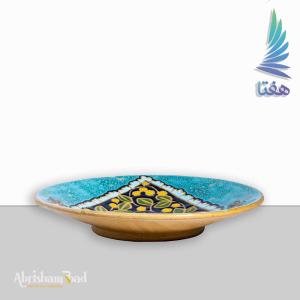Persian rugs Ready to Reclaim World Market by Iran Order Now
- Persian rugs from Iran are ready to reclaim the world market with their luxurious designs and exceptional craftsmanship.
- Known globally for their intricate patterns and vibrant colors, these rugs are available at competitive corporate prices, making them accessible to businesses and collectors alike.
- Each rug reflects the rich cultural heritage of Persia, ensuring timeless elegance in any setting.
- With their unmatched quality and beauty, Persian rugs continue to be a symbol of luxury and sophistication worldwide.
Introduction
Renowned for its exquisite Persian rugs, Iran is ready to reclaim its position in the global market. Persian rugs, or opulent rugs as they are often known, embody centuries of artistry, cultural heritage, and unparalleled craftsmanship. These meticulously hand-woven masterpieces are celebrated for their intricate designs, vibrant colors, and luxurious materials.
With a history dating back thousands of years, Persian rugs symbolize prestige and elegance, making them highly sought after by collectors and interior designers worldwide. As Iran reasserts its prominence in this market, it offers these timeless pieces at competitive corporate prices, ensuring their beauty and quality are accessible to discerning buyers everywhere.
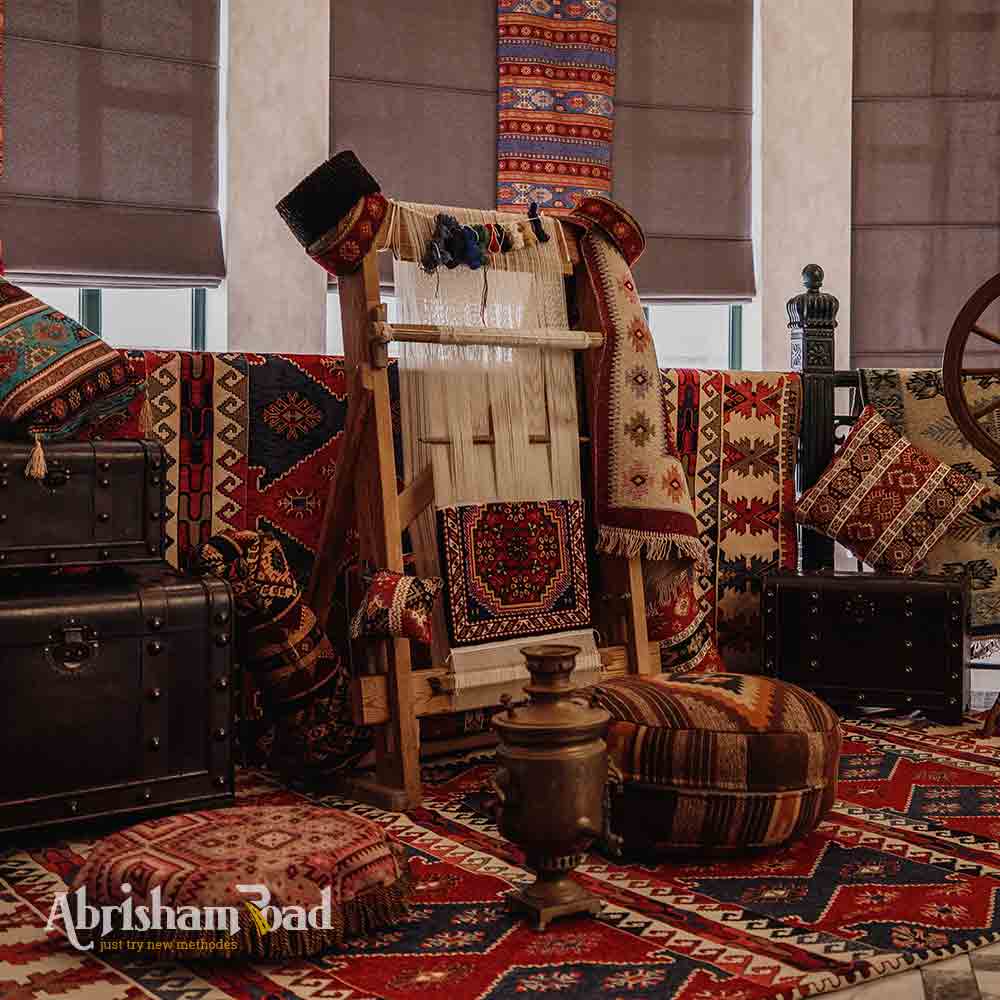

Historical Significance:
The history of Persian rugs dates back thousands of years, with evidence found in ancient archaeological sites and historical texts. These rugs have played a crucial role in Persian culture, symbolizing prestige, wealth, and social status. Their rich legacy highlights the importance of craftsmanship and artistry in Persian society.
Artistic Craftsmanship and Techniques:
Persian rugs are meticulously hand-woven by skilled artisans, often from generations of weavers who pass down their expertise. Each rug is carefully crafted using traditional techniques and a loom, showcasing the mastery and precision of the artisan. The intricate process reflects a deep commitment to preserving the time-honored methods of rug-making.
Materials and Dyeing:
The choice of materials profoundly influences the durability and appearance of Persian rugs. Wool, valued for its resilience and ability to hold vibrant colors, is the most common material used. Silk is reserved for more intricate and luxurious designs, adding an elegant touch. Natural dyes from plants, minerals, and insects imbue the rugs with rich and timeless hues, ensuring they remain vivid for generations.
Elaborate Designs and Patterns:
A defining characteristic of Persian rugs is their elaborate and diverse designs. Reflecting the region of origin, each rug boasts unique motifs and symbolism. Floral patterns, medallions, hunting scenes, and geometric shapes are common designs, each narrating the story of its origin. The complexity and beauty of these patterns highlight the artistic excellence of Persian weavers.
Regional Variations:
Persian rugs are woven in various regions of Iran, influenced by each area's weaving tradition and local culture. Renowned centers for Persian rug production, such as Tabriz, Isfahan, Kashan, and Nain, display distinctive styles and characteristics. Each region's unique approach adds to the rich tapestry of Persian rug artistry, offering a wide array of designs and techniques.
Cultural Significance:
In Iranian culture, Persian rugs hold immense cultural value and are integral to home decoration. Passed down through generations, they become cherished family heirlooms and are used in religious and ceremonial events. Their presence in homes signifies respect for tradition and the importance of cultural heritage.
Global Recognition:
Persian rugs have gained global recognition, prized by collectors, art enthusiasts, and interior designers worldwide. Their exquisite craftsmanship and timeless beauty make them sought-after pieces in homes and galleries. The international acclaim of Persian rugs underscores their status as symbols of luxury and artistic brilliance.
Preserving the Tradition:
Despite modernization, the art of weaving Persian rugs continues to thrive, providing a significant livelihood for many Iranian families. Efforts are made to preserve and promote this traditional craft, ensuring its continuation for future generations. Initiatives to sustain the rug-making industry highlight the cultural importance of this ancient art form.
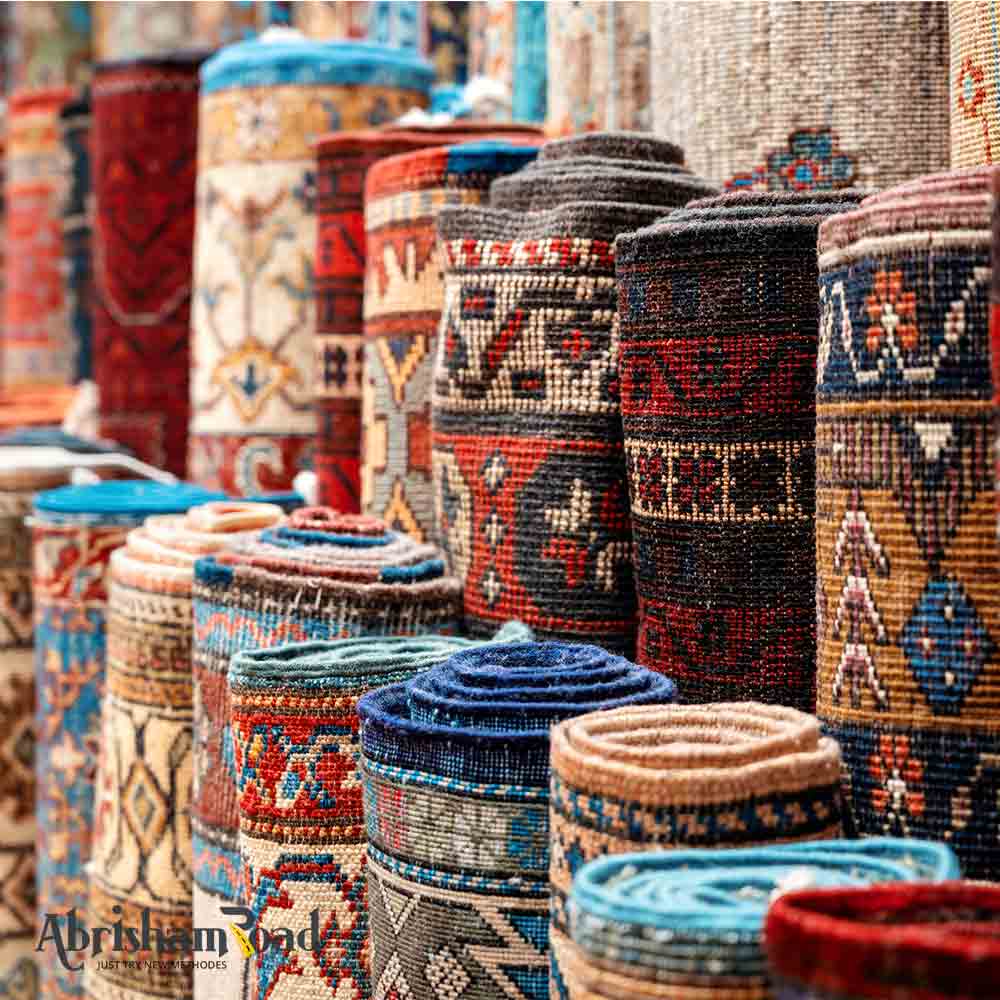

Conclusion:
Persian rugs transcend mere floor coverings, embodying history, culture, and artistic brilliance. The meticulous craftsmanship, intricate designs, and rich heritage of these rugs symbolize Iran's artistic legacy. As they continue to captivate people worldwide, Persian rugs stand as a testament to the enduring beauty of handmade artistry and the preservation of ancient traditions. Their global appeal and cultural significance ensure that the legacy of Persian rug-making will endure for generations to come.
Add your review
Your email address will not be published. Required fields are marked *
Please login to write review!
Looks like there are no reviews yet.

by Abrisham Road
Inspection group .co

Hafta House
- Store rating
4.5
- Staff
40
- Offers
> 100
- Products
8


